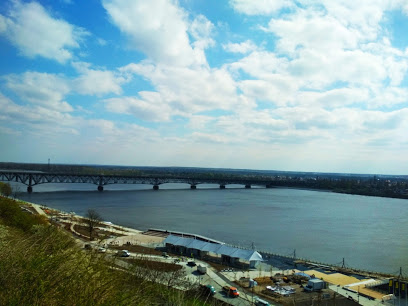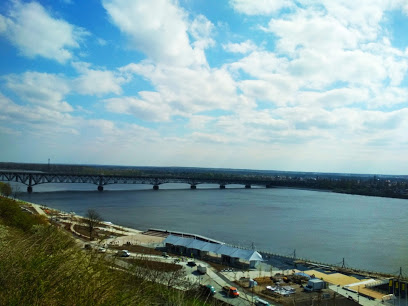From the second half of the 11th century, Płock gained in importance when, in 1075, it became the capital of the newly created Mazovian bishopric and the seat of Polish rulers - Władysław Herman and Bolesław Krzywousty. Residences were created for the bishop, prince, his family and numerous court. Herman's first wife was Judyta Czeska, mother of Bolesław, second was Judyta Maria daughter of emperor Henry III. Stone buildings were erected - the first cathedral and prince's chapel. After the devastating invasion of Pomeranians in 1126, when the outstanding organizer and patron of the arts, Alexander of Malonne, began to build a new cathedral. In the place of the previous one, an impressive Romanesque temple, the largest building in Poland at that time, was erected from granite blows. Consecrated in 1144, in the next decade it was decorated with bronze doors made in Magdeburg. Currently, there is a faithful copy of them in the porch. Probably in the 13th century they were looted during one of the Lithuanian-Russian invasions and taken to Veliky Novgorod. A stone residence was also built - a multi-story residential tower, whose relics visible until today, form the basis of a later castle tower (Clock Tower). The presence of the magnificent temple and the seat of the bishop significantly raised the rank of Płock, when after the district breakup it was only the capital of the Mazovian princes of Piast.
x
T
R
F
I
H
I
We have 16614 Parks Now ... The First and largest platform for green public parks
Wzgórze Tumskie
Wzgórze Tumskie
Tumska 1, 09-400 Płock, Poland
Every Day : 24 Hours .
About Park
-
Preview
The Tumskie Hill, rising over 40 m above the vast valley of the Vistula, is an extended, extensive headland of the escarpment, creating a convenient place for settlement. The oldest found traces of the settlement come from the Lusatian culture period, later probably the hill was not inhabited.Important Information
-
Every Day
24 Hours
-
Every Day
-
Intertainment Elements
Track
Sports
Entertainment
-
Main Elements
- Cleanliness
- Lights
- Green areas



